Natural resources are any resources that exist on this planet due to nature. They are similar to sunlight, minerals, water, air, soil, and forests. Because of the accessibility of these natural resources, life is conceivable on Earth. Without these resources, life would not have been conceivable on Earth. In this essay, let’s discuss Nepal’s natural resources.
Nepal, which has 147,181 square kilometres and a population of about 30 million, is located between China and India. Nepal is a landlocked nation as a result. It covers 0.01% of the world’s surface and 0.1% of Asia. The tallest peak in the world, Mount Everest, is Nepal’s claim to fame. Nepal’s natural resources include minerals, water, land, and forests.
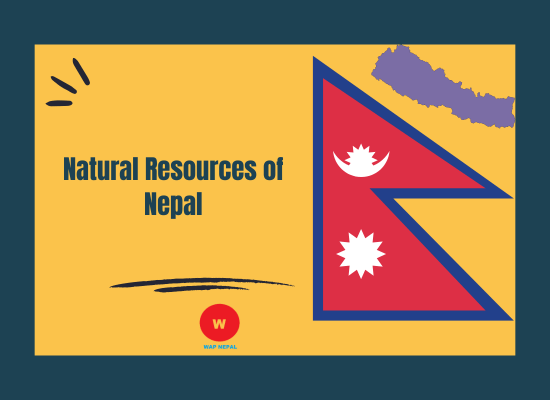
Table of Contents
Forest
One of Nepal’s primary natural resources is the forest. The FAO estimated that 25.4% of Nepal’s total land area was covered by forests in 2005. However, in the current situation, this percentage has drastically changed. The land formerly covered in the forest has been converted into cultivable land due to rapid population growth and unchecked urbanisation. Therefore, the government of Nepal has split forest regions into three groups to safeguard and conserve them. They are conserved forests, managed for productivity, and protected.
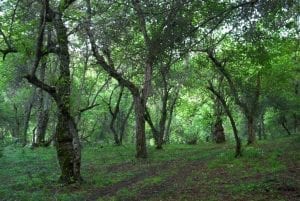
Nepal is an agricultural nation, and a sizable portion of its population still relies on the forest for fuel. In addition to that, the forest is essential to numerous sectors, including those that produce paper, furniture, and lumber. Nepal’s forests are the source of the medicinal herbs used to make medications. Despite this, substantial amounts of spices are transported to other nations due to a dearth of pharmaceutical production companies.
Wild animals and birds can also be found in forests. There are many conservation areas in Nepal which has aided in preserving the animals and the forest. These protected regions serve as a draw for tourists visiting Nepal. It has aided in strengthening the nation’s economy. Forests significantly reduce landslides and floods. It supports environmental ecosystem balance. The forest must therefore be preserved.
Soil
Since more than 70% of the population still relies on agriculture, soil is another crucial natural resource in Nepal. Only 147,181 square kilometres, or roughly 0.01% of the world’s land, is occupied by Nepal. Nepal is a landlocked nation that is split into three main regions. They are Himalayan, hilly, and Terai.
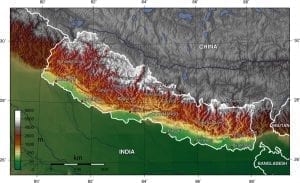
In the plain and level Terai, 17% of the land is suitable for cultivation. Since the majority of agricultural products such as rice, wheat, jute, paddy, tobacco, sugarcane, oilseed, potatoes, coconut, maize, etc., are exported from Terai to Hilly and Himalayan, it is also known as Nepal’s “green belt.” Although the terrain is hilly and mountainous, some areas are appropriate for growing crops such as rice, paddy, potatoes, wheat, and maize. Snow, mountains, and rocks cover the Himalayan. Consequently, farming is challenging in this area. They mostly import products from Terai and Hilly. On the other hand, medicinal herbs are widely available in the Himalayan region.
In Nepal, various types of soil are available. They are like alluvial, rocky, sandy, lacustrine, and mountain soil.
Water
Nepal has abundant sources of water. After Brazil, Nepal is considered the second most prosperous country in water resources. The significant water sources in Nepal are mountains, glaciers, and snow. There are eight mountains whose height is above 8000m and many glaciers and ponds in the Himalayan region that flow as rivers in the Hilly and Terai regions. Rivers like Karnali, Bagmati, Seti, Kaligandaki, Mahakali, Koshi, Gandaki, Bhotekoshi, and Sunksohi are famous in Nepal. Similarly, lakes like Rara, Phewa, Tilicho, and Shey Phoksundo are famous tourist spots in Nepal that thousands of tourist visit yearly.
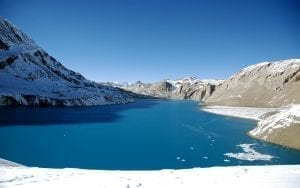
Since water is an essential natural resource in Nepal, it has been used in producing electricity, irrigation projects, drinking purposes, household activities, fish farming, etc. Nepal can produce a large megawatt of electricity, but it has failed to do so, so Nepal is suffering from massive load shedding. People of the capital city are facing a scarcity of drinking water. Agriculture in Terai has not been effective due to the lack of water. As a whole, the availability of this natural resource has not been able to be fully utilized by the government of Nepal.
Minerals
Nepal is rich in minerals which are another important natural resource available here. There are many minerals, like metallic, non-metallic, fuel, stones, etc., found mostly in the mountainous part of the country. Gold, limestone, mica, copper, and irons are also available in Nepal, based on research. It has been recently researched that Nepal has a possibility of petroleum products in the cities like Nepalgunj, Biratnagar, Dailekh, and Pyuthan. The research is going on, and if possible, there is the possibility of establishing the petroleum industry in Nepal soon. Similarly, minerals like limestone are used for cement production. They are found in Surkhet, Hetauda, Chovar. A research team has revealed that Kathmandu and Mustang have abundant sources of natural gasses available, but it is not officially confirmed yet.
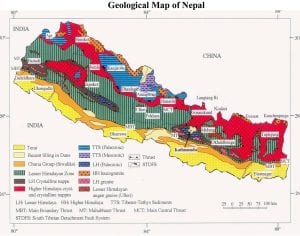
Nepal is a developing country that lacks modern technology, skilled manpower, and capital to extract minerals and establish mining industries. The government makes no hard and fast rule, so even if the international company wants to invest their capital in our minerals, they don’t have any authorization. It takes a long process. The government of Nepal needs to focus on this matter since it will help to solve the unemployment problem in Nepal at some level.
Natural resources are a very important factor in the survival of human beings. They need to be protected, conserved, and properly utilized. Since Nepal is taking a step forward in development, it needs to protect and conserve its natural resources by formulating strict rules and regulations.
